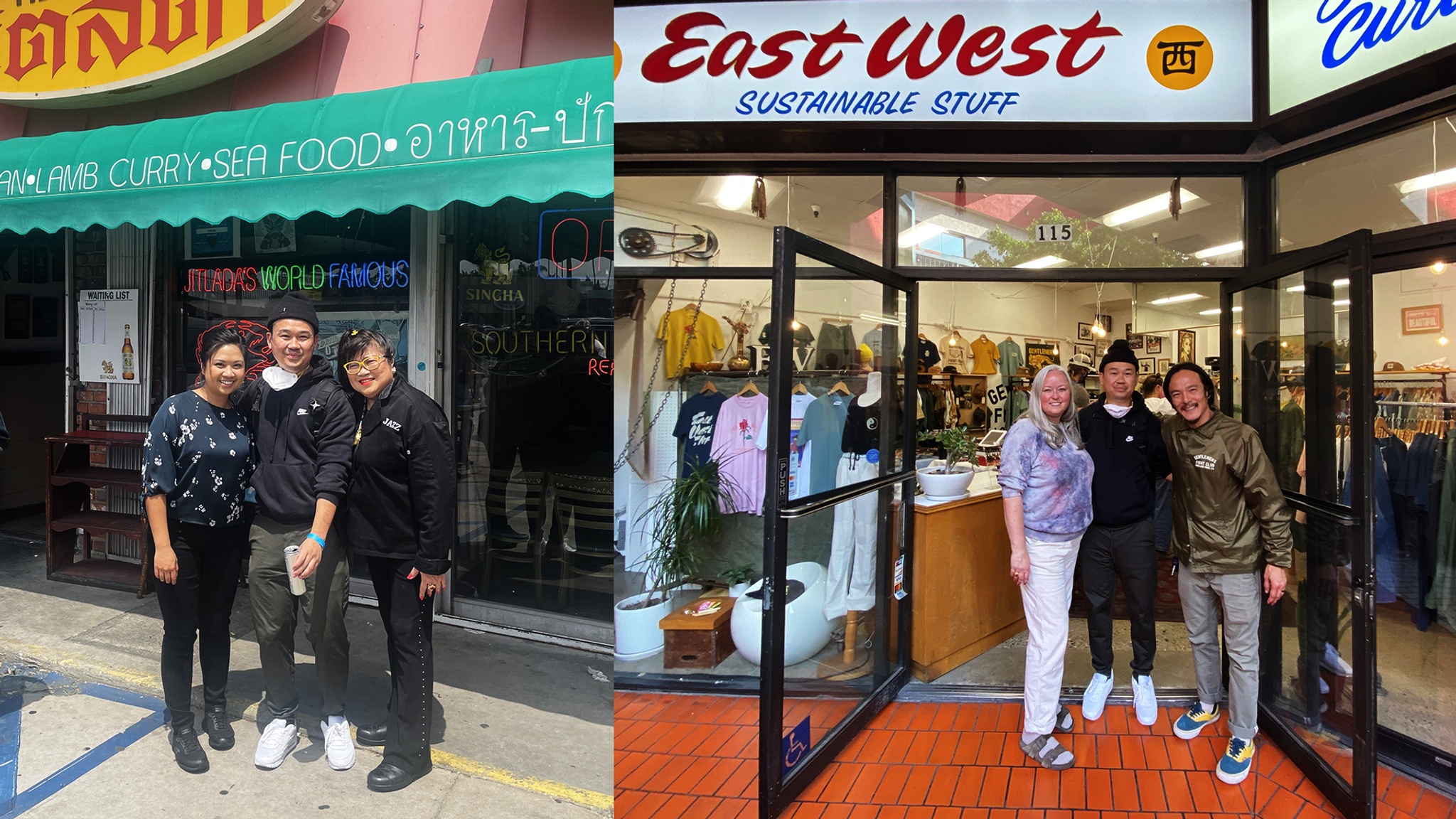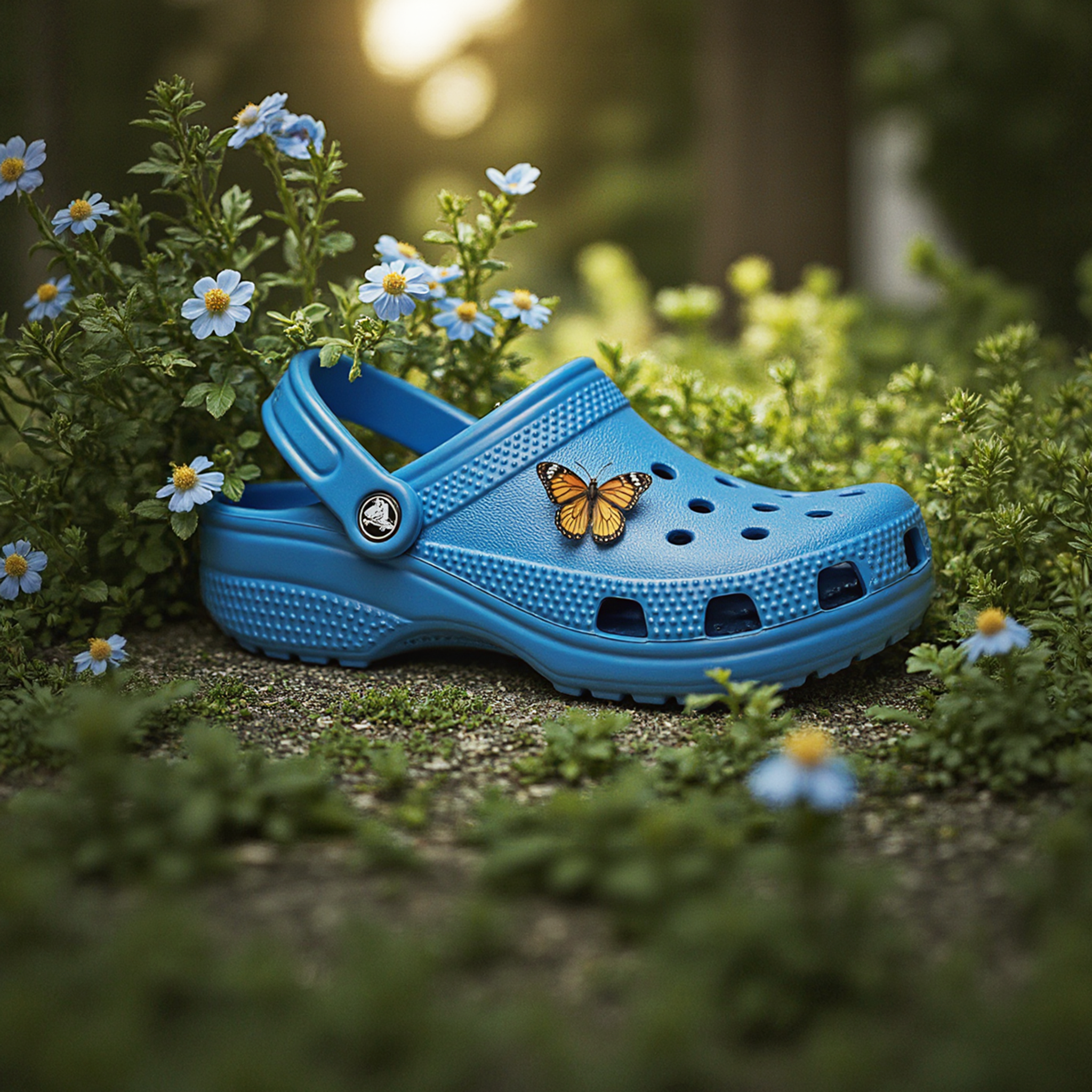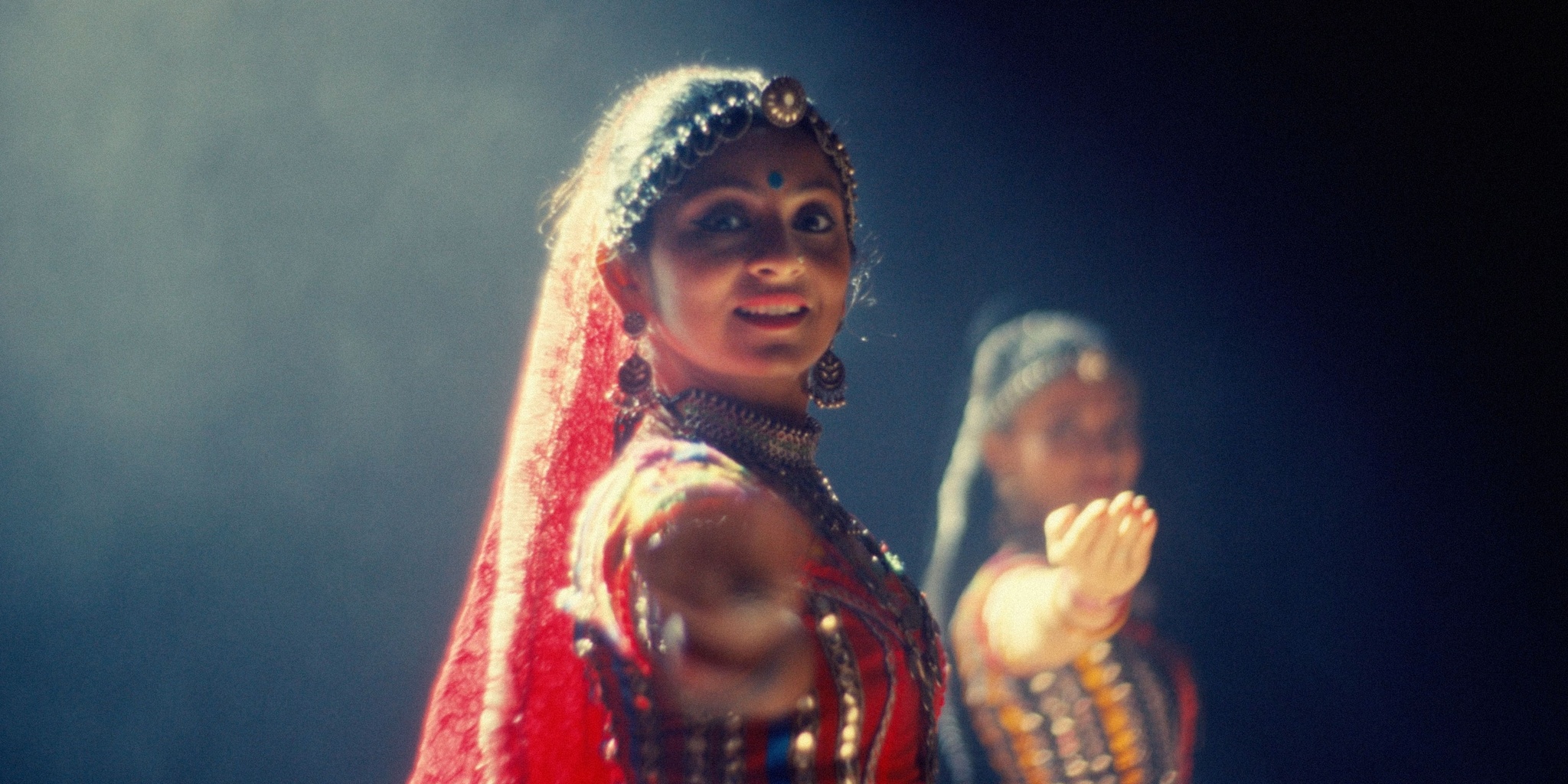How making Google's “Asian-owned” campaign empowered me to help my community
Never before in my advertising career have I seen my Asian-American heritage as an asset. Until recently, the high points in my journey were largely based on my ability to concept and design for brands, as opposed to my ability to tap into my experiences as a Vietnamese-American.
Over the past two years, I’ve felt a sense of helplessness as I watched COVID-19 and waves of AAPI hate directly impact myself, friends, family and the broader Asian community. Businesses that I had grown up with were struggling to keep their doors open. And I was left wondering how I could best apply my skills in advertising to help my community.
The perfect opportunity soon presented itself when I got to lead a new effort for Google, aimed at driving awareness of the launch of the new “Asian-owned” attribute on Google Maps and Google Search.
I was ecstatic, to say the least—I had found a chance to blend my skill set with my passion, and do something for my community at the same time. The Asian-owned label, which officially became available this month, simultaneously helps small businesses stand out while also empowering them to share their heritage with pride. It’s a product feature that I truly believe can help raise awareness for Asian businesses and ideally drum up support as well.
These are the conversations our industry needs
While concepting, I kept circling around ideas about preserving heritage, because I personally felt that as a Vietnamese American, I was slowly losing touch with my roots. This led to lots of discussions centered around educating my peers about my race and culture, which is just one of the reasons why projects like this are so important. These are the conversations our industry needs, because it ensures that more diverse varieties of thought are heard, valued, and taken to heart.
I also felt a strong need to make sure we got it right—to make sure that the campaign we created for this new attribute was all at once genuine, powerful and authentic. I felt that if we put something on camera, there must be intention and nuance behind it as we had an opportunity and responsibility to help others understand and celebrate different Asian cultures.
For the campaign, we filmed six distinct businesses who celebrate their heritage with pride. These were real people with real stories who made real sacrifices, and we were undertaking a project to help bring them well-deserved attention.

The spot features Tortoise General Store, Peru Films, Good Hause, and Bollypop.
That idea of representation was something we prioritized both on screen and off. We intentionally hired as authentically as we could, and as a result, our director, director of photography, second assistant director, editor, and photographer, as well as the hair and makeup team, were all Asian American. To be exposed to so much incredible Asian American talent was inspirational in more ways that I could count.
Being on set for this shoot felt different to me. It wasn’t “just” another shoot. It wasn’t about a new line of car tires or the latest brand of beer. We were filming real Asian business owners, and there was a palpable sense of pride.

On set with the owners of the other Asian-owned businesses in the spot: Jitlada (Sugar and Jazz) and East/West Shop (Erin and Dennys).
The final spoken line in our piece is “We own our future” and I think there’s something really inspiring about that. None of this could have happened without inclusive representation from the very beginning, because that’s how we help diverse communities feel seen, heard, and celebrated. It’s how we reconnect with what’s important to us and encourage the dreams of the next generation.
For more about Google's Asian-owned attribute, you can check out the announcement here.

